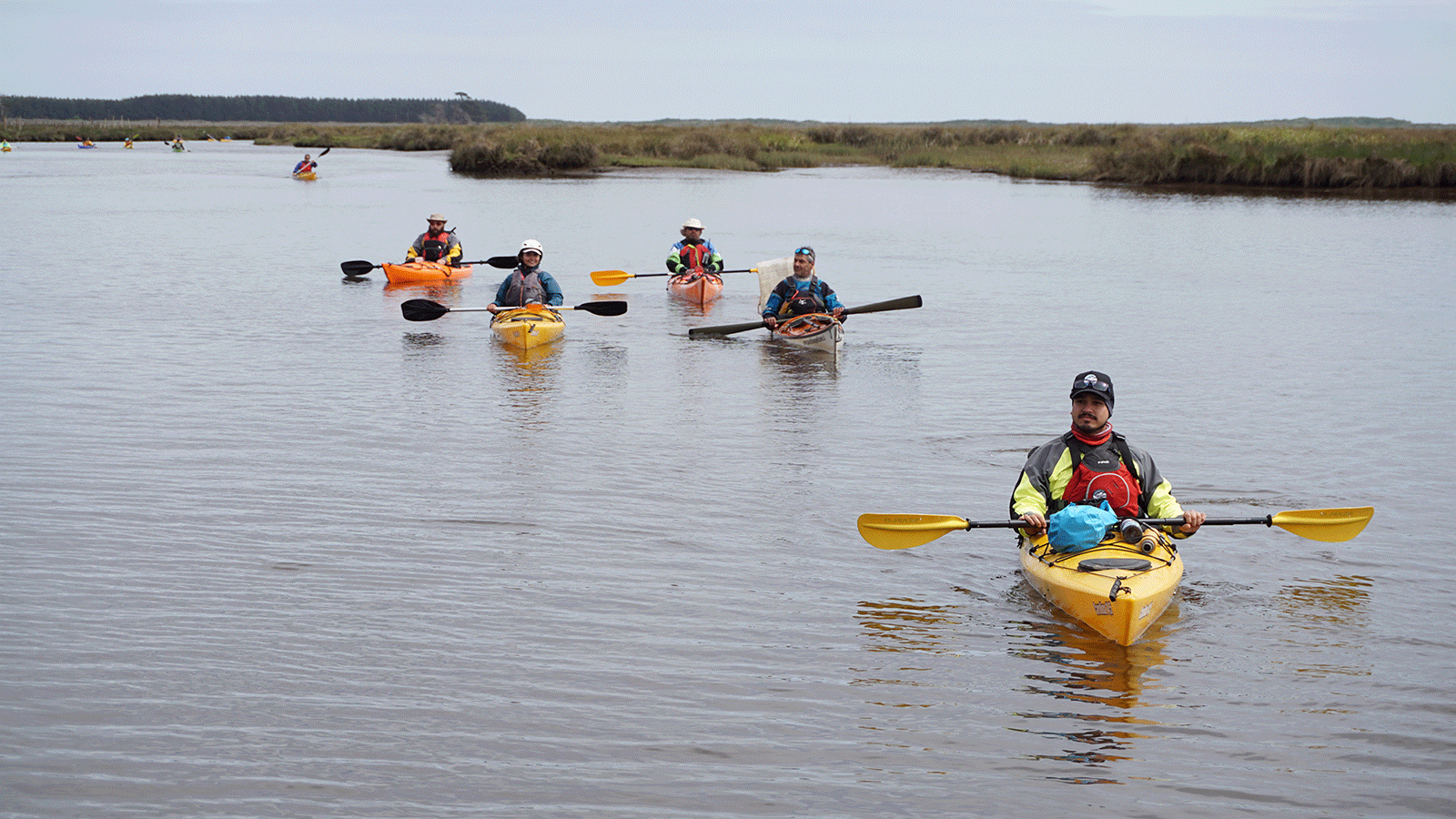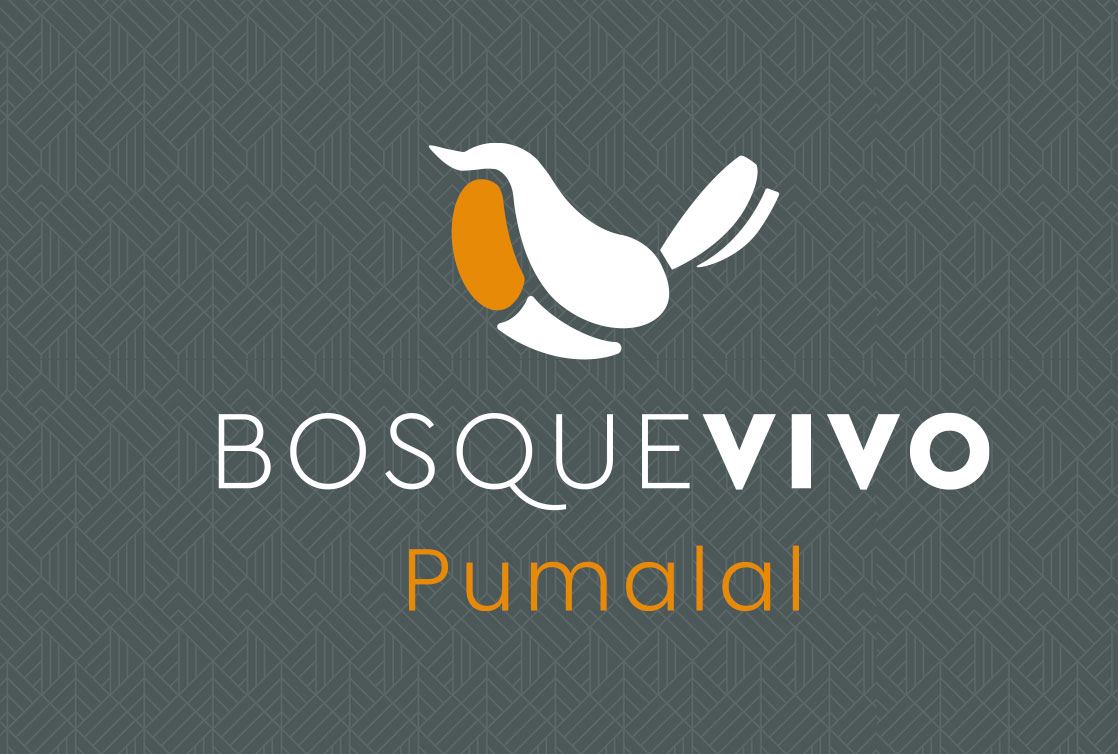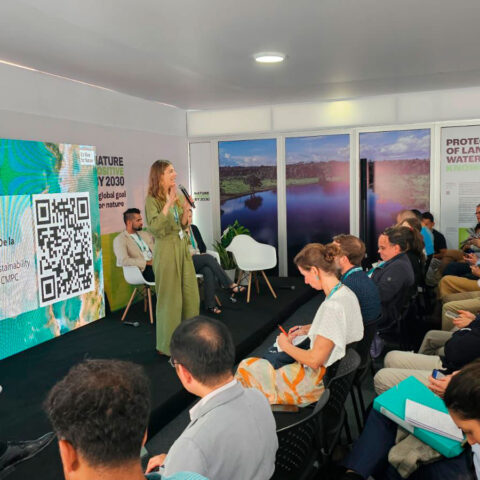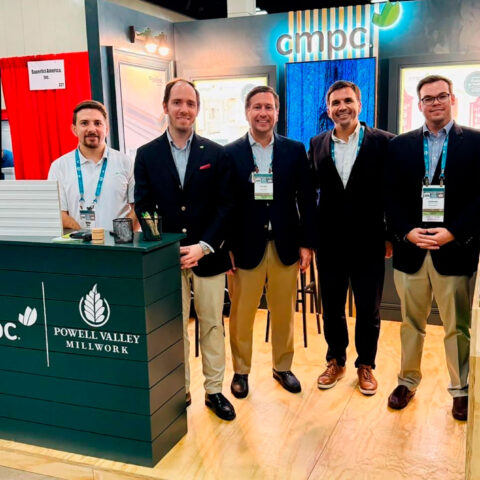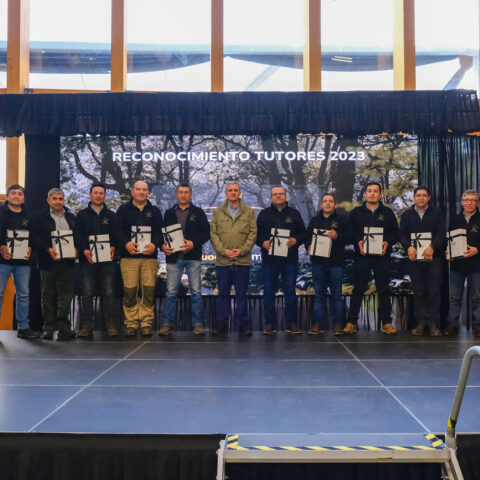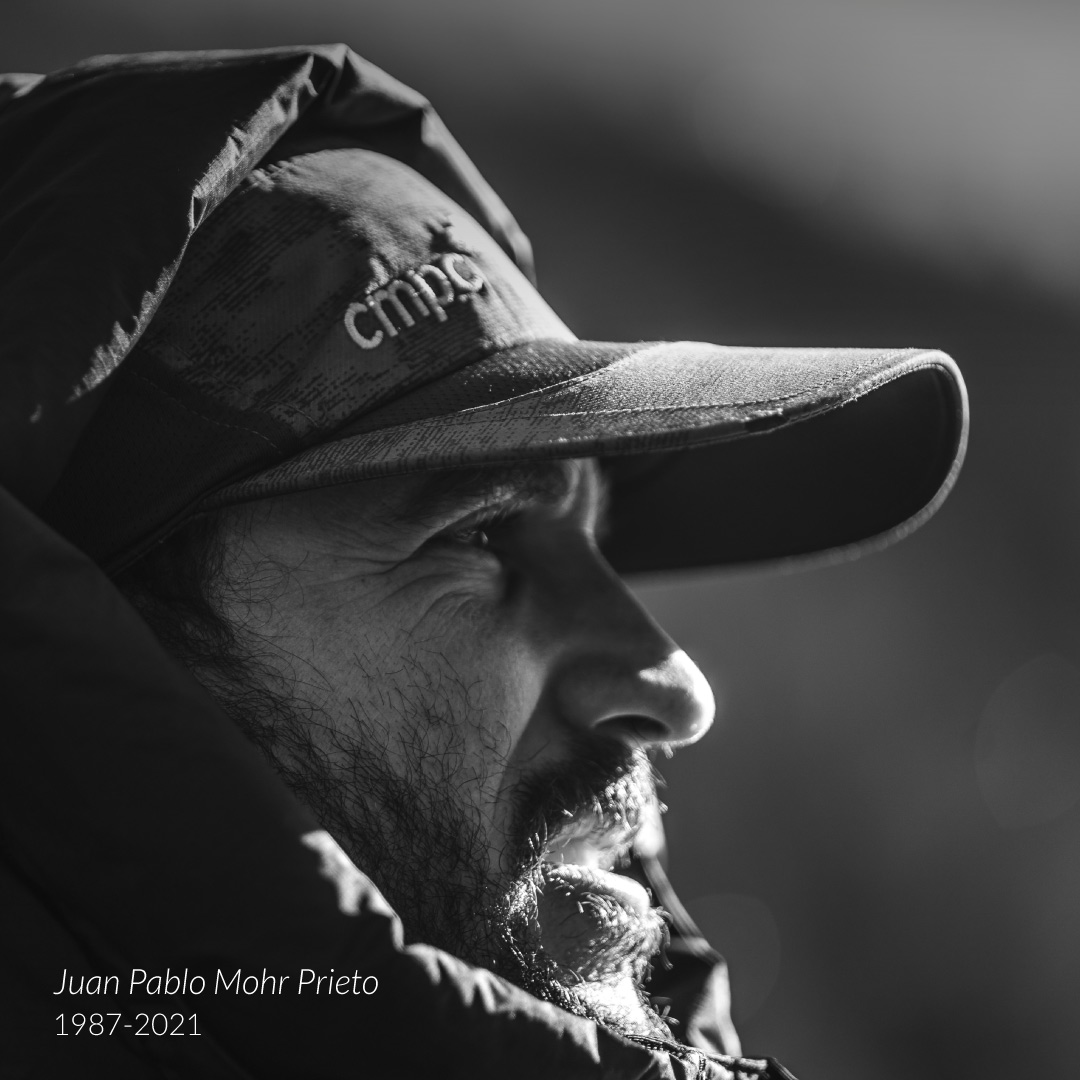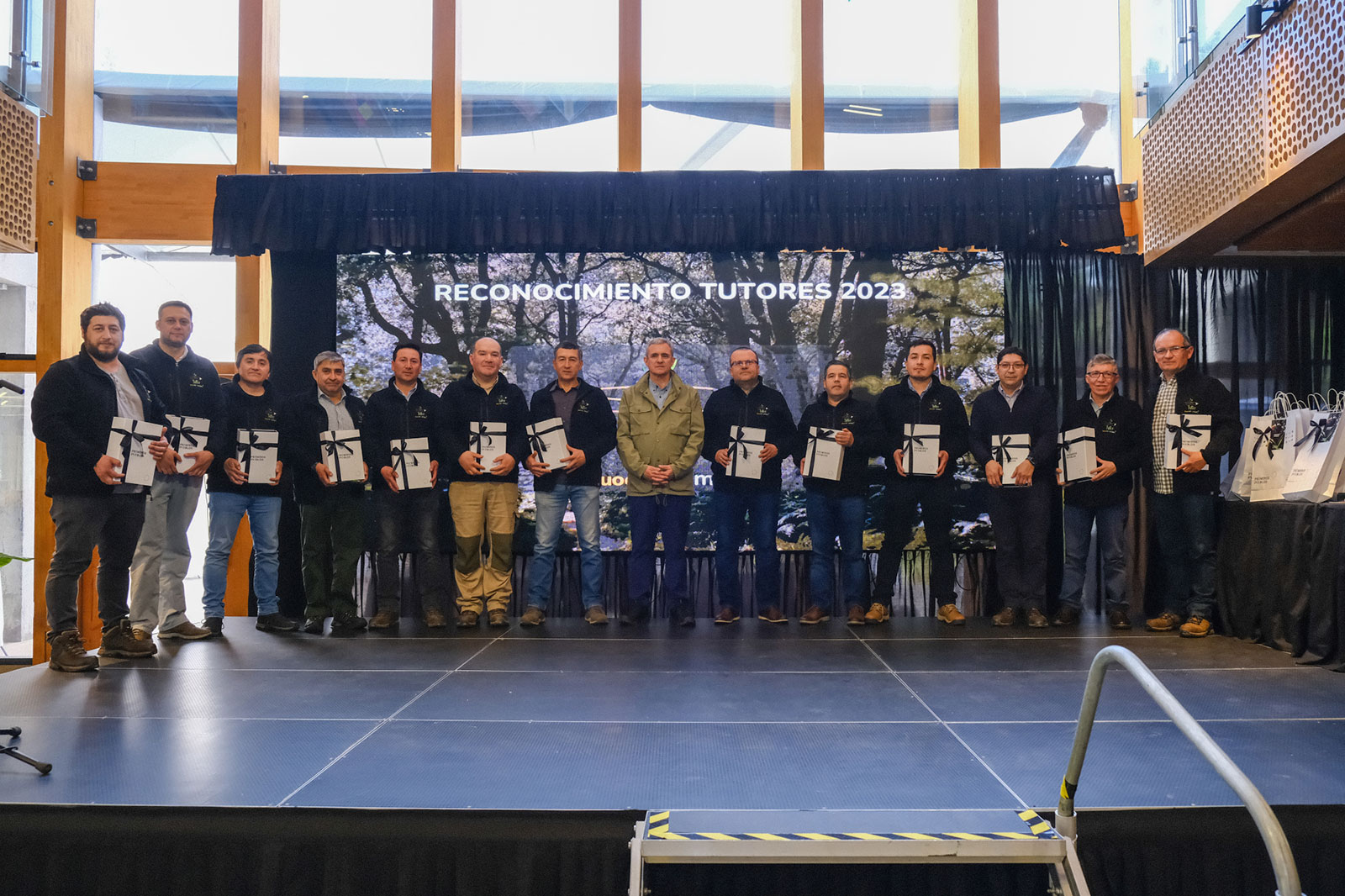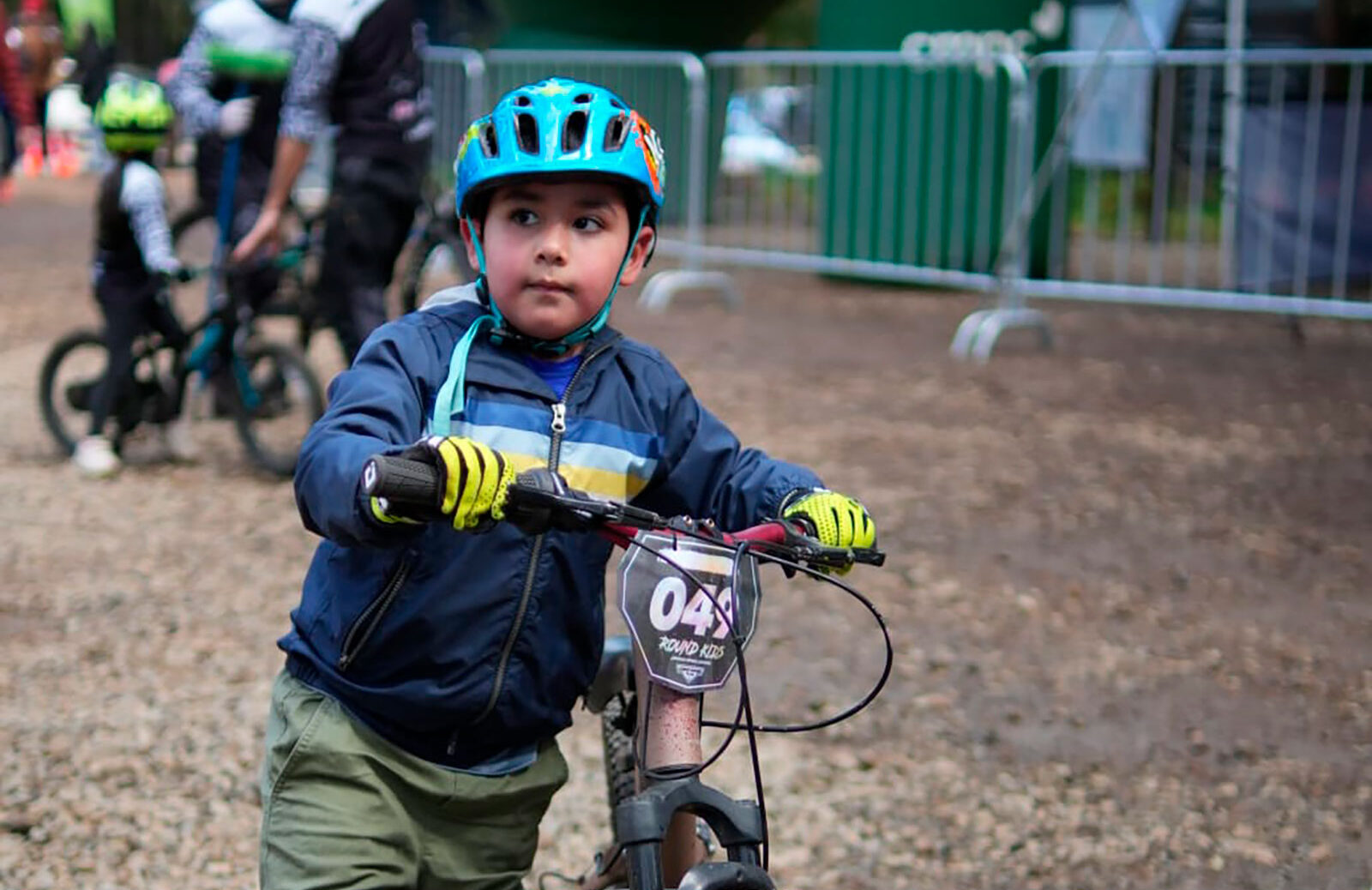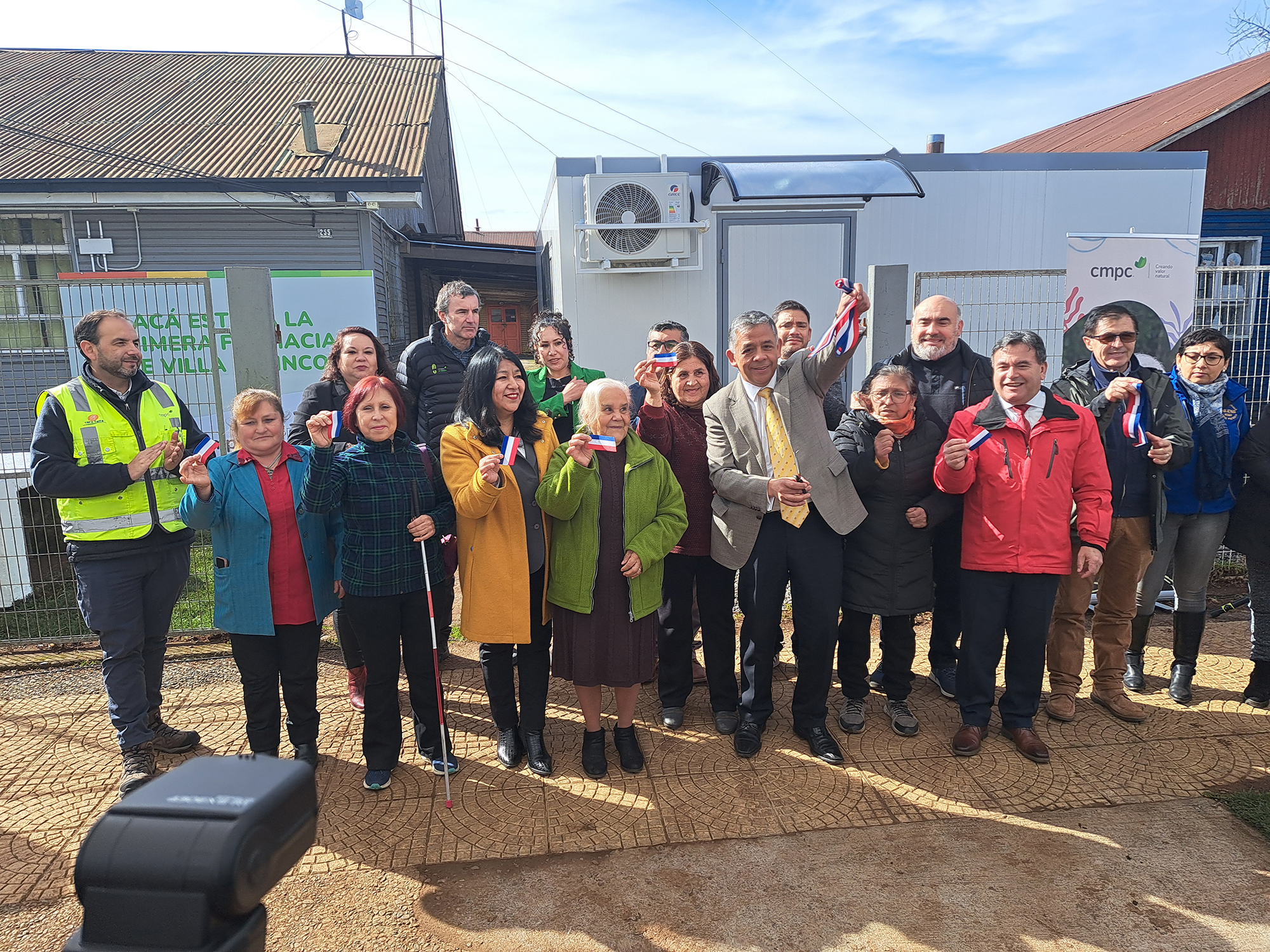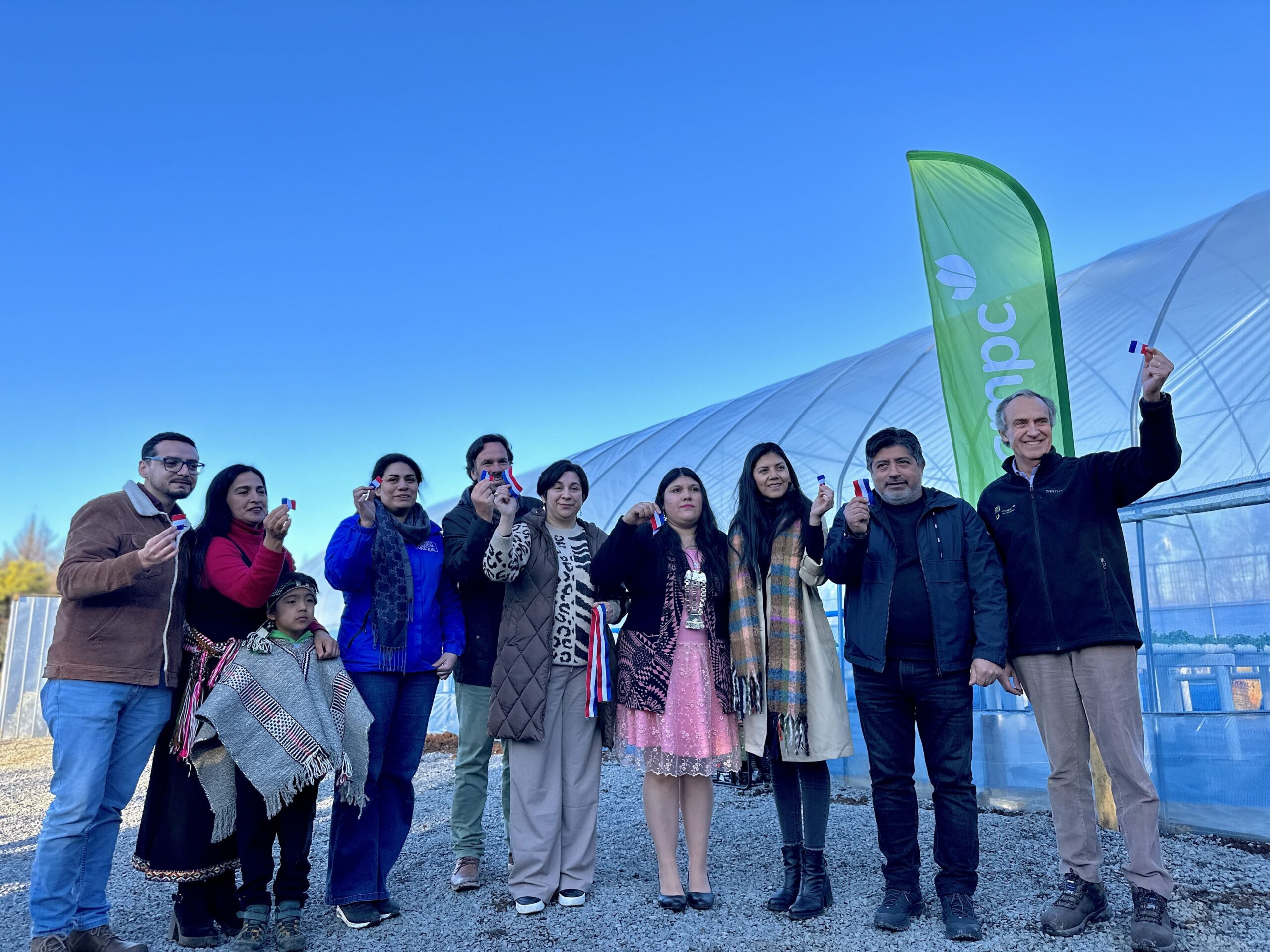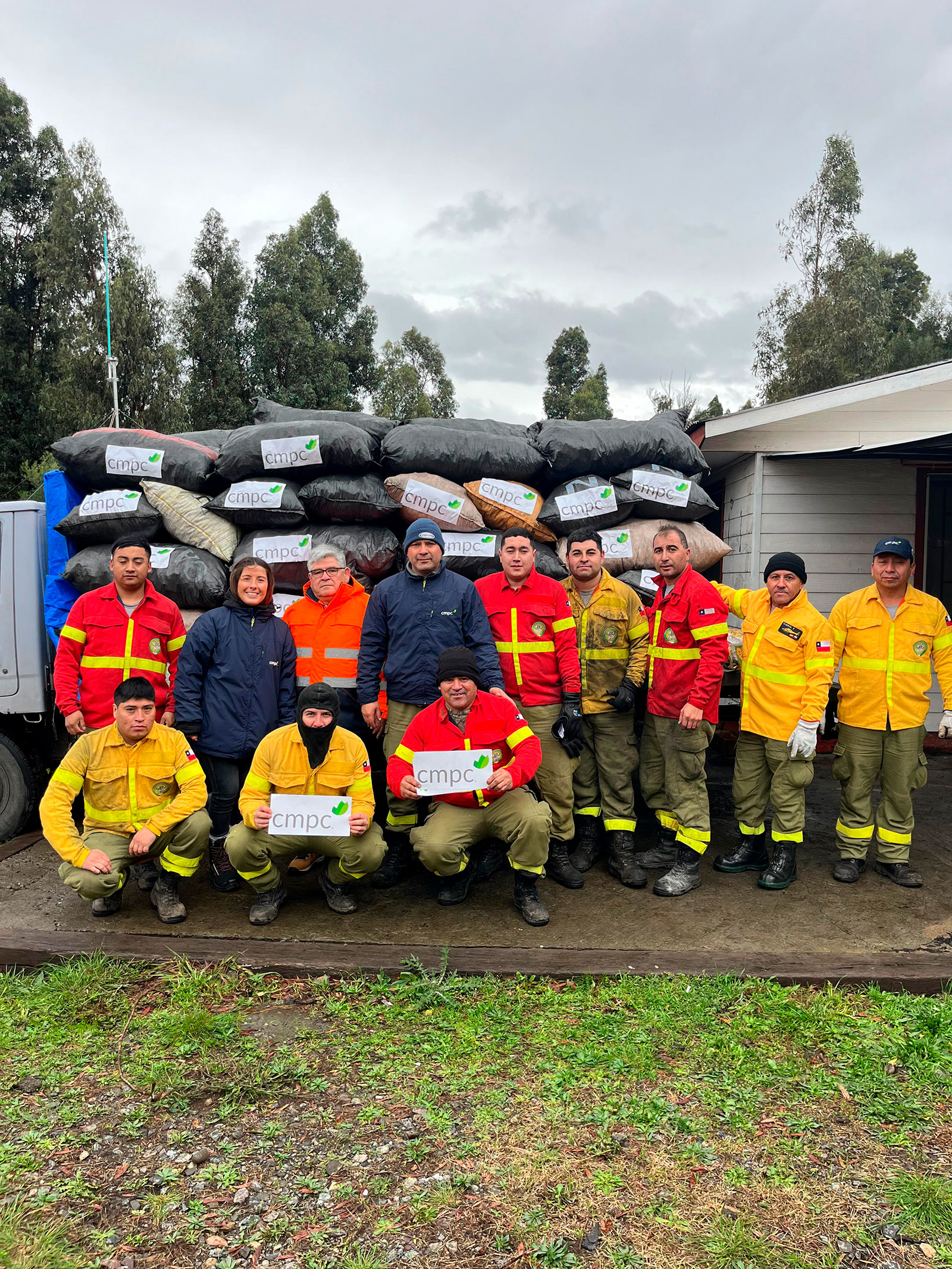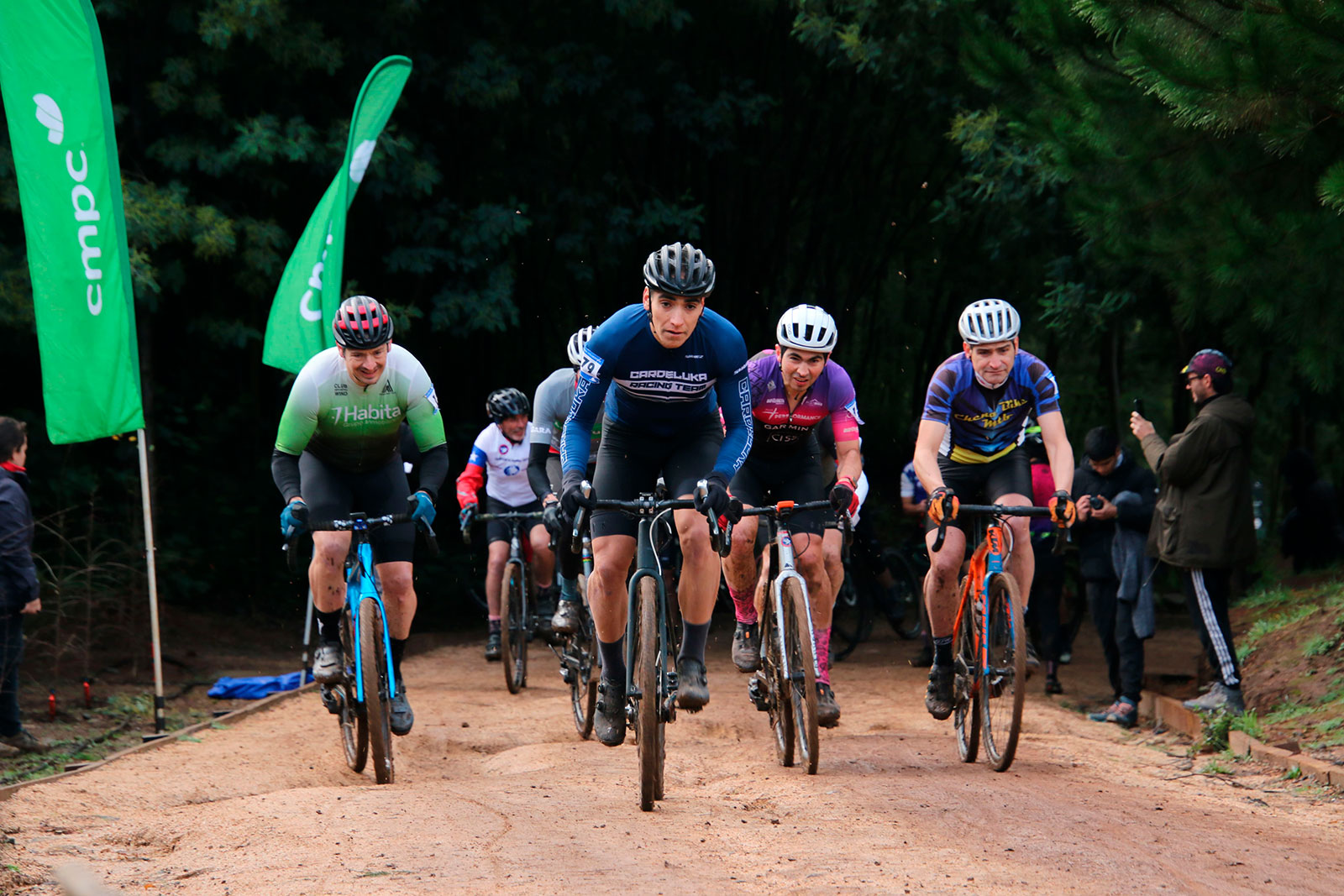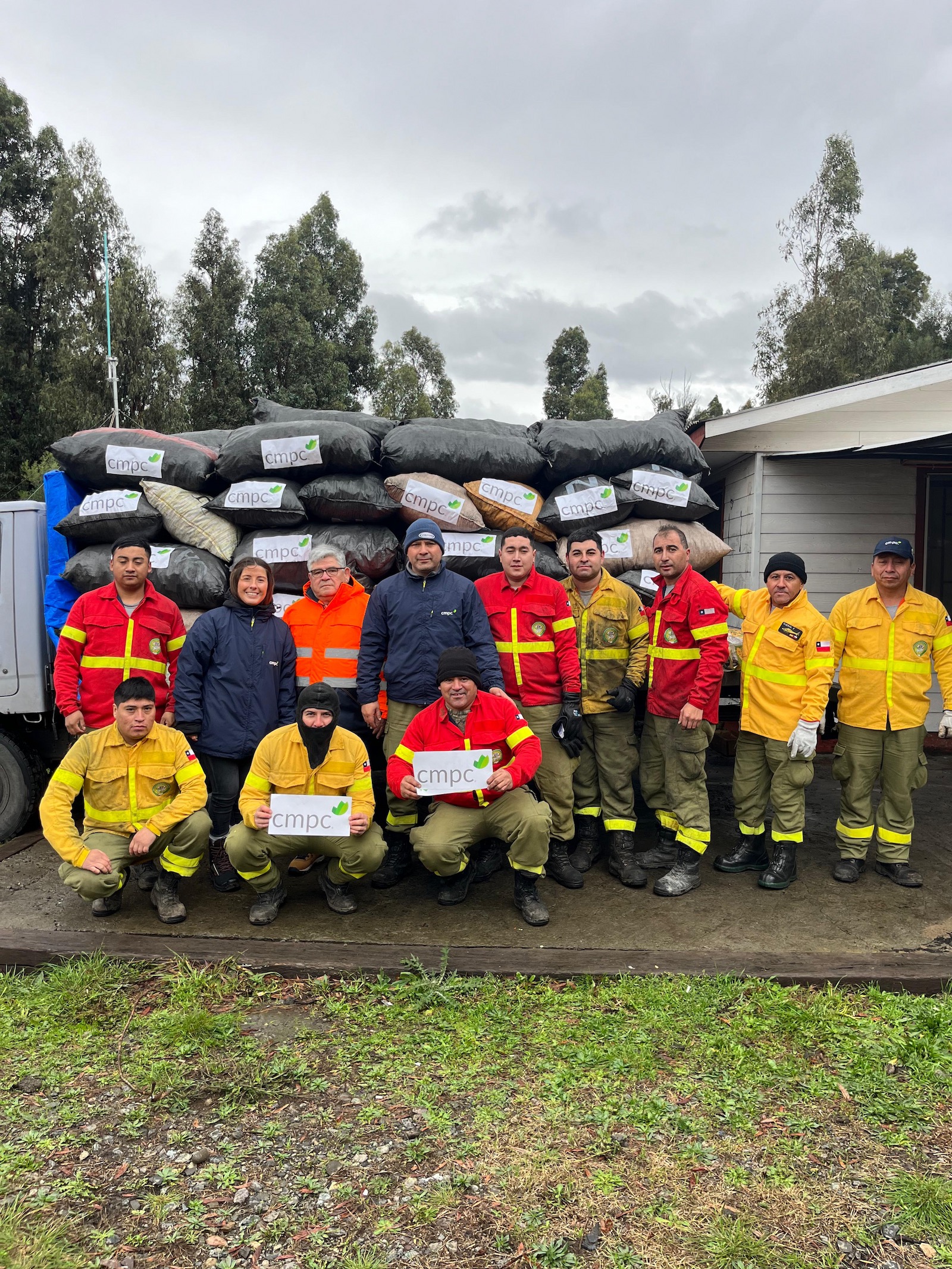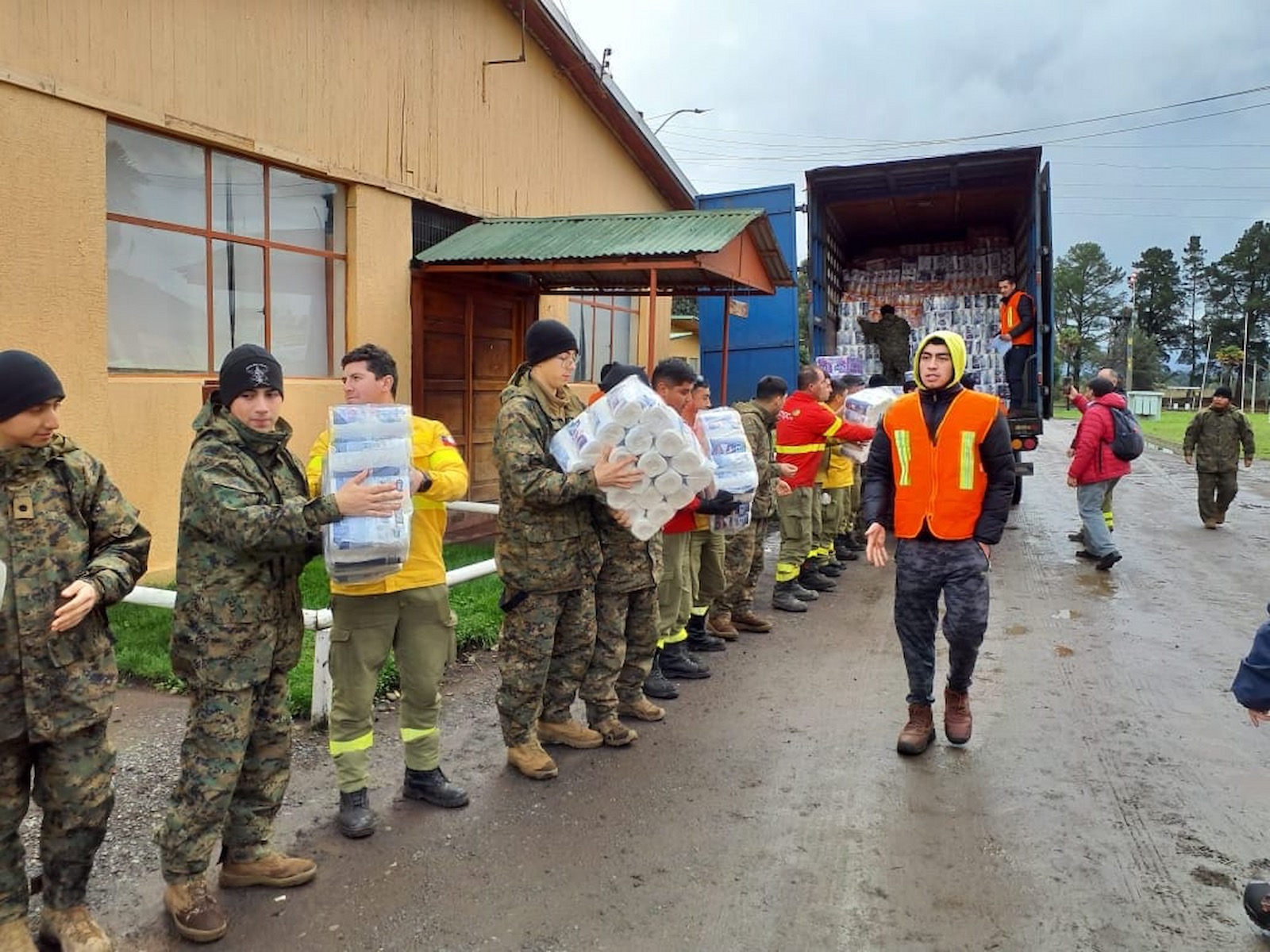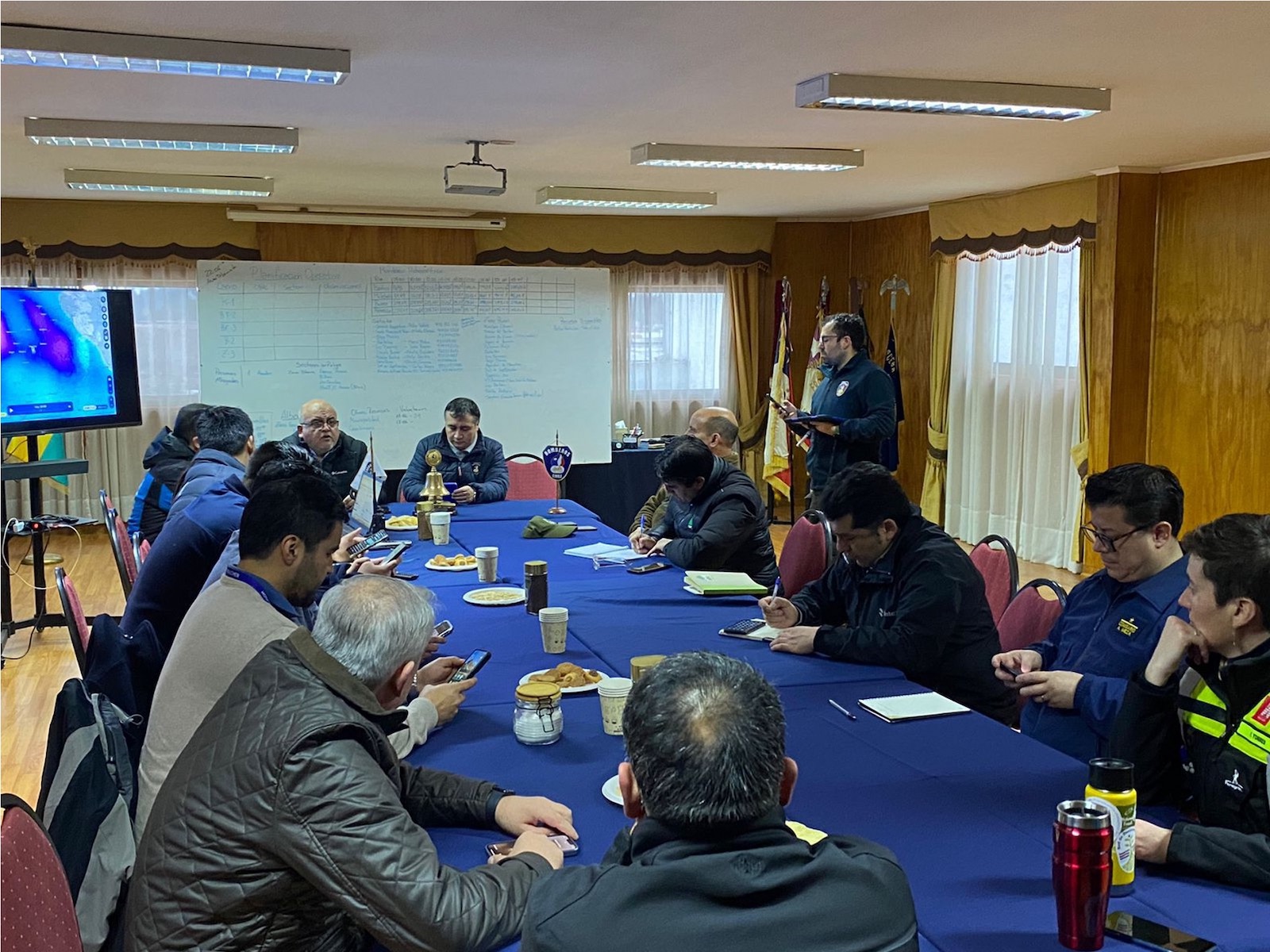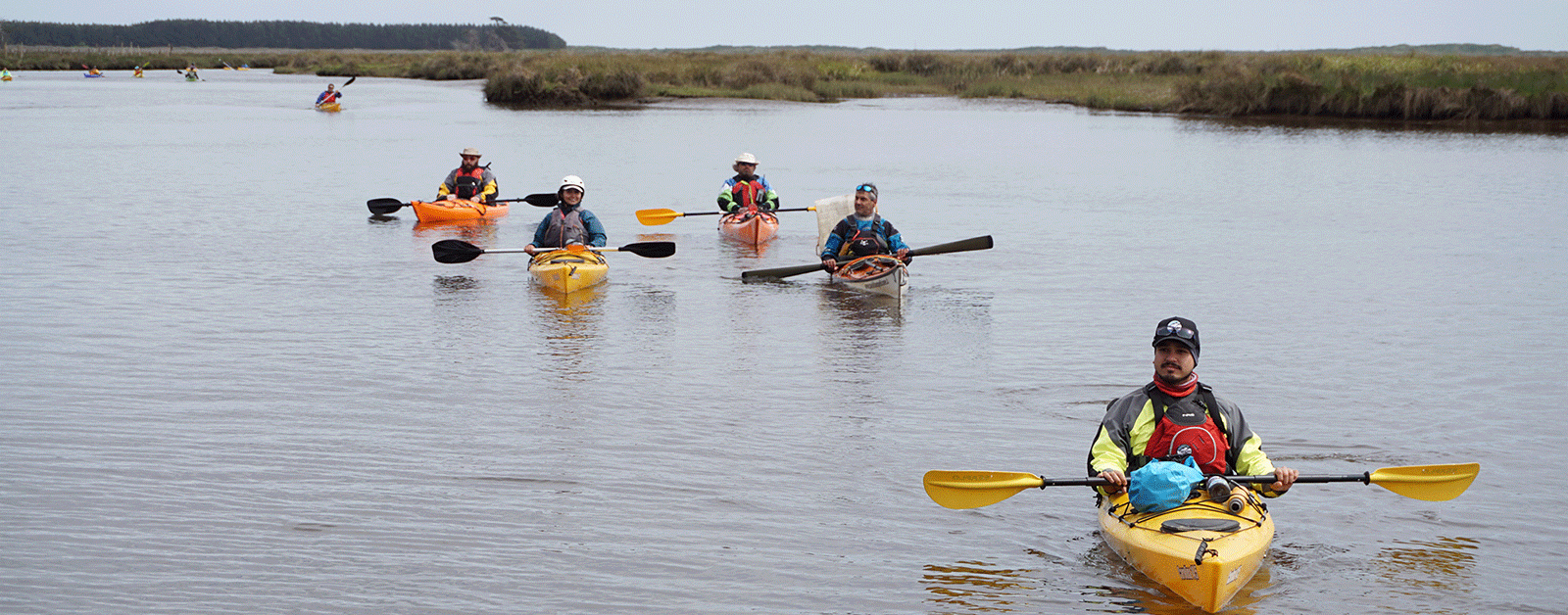
Tourism trek: Peuco Kayak Fest is held for the second time under the aegis of the Carahue Navigable River Route in the Araucanía Region
11 de October, 2023
The event, with a focus on promoting local culture and natural beauty, was organized by Peuco Expeditions and sponsored by the Social Action Department of the Temuco Bishopric in the Araucanía Region, the Municipality, CMPC and entrepreneurs in the area.
Touring the wetlands, appreciating local flora and fauna, along with getting to know the history and culture of the town was exactly what lovers of outdoor life got to experience this weekend at the second edition of the Peuco Kayak Fest, an event organized by Peuco Expeditions and sponsored by CMPC and the Municipality of Carahue.
The event was held under the aegis of the Carahue Navigable River Route, a tourist trek that connects with a territory full of history, nature and a range of services offered by the community, where the Imperial and Monkul rivers are the axes that undergird the network of tourism companies.
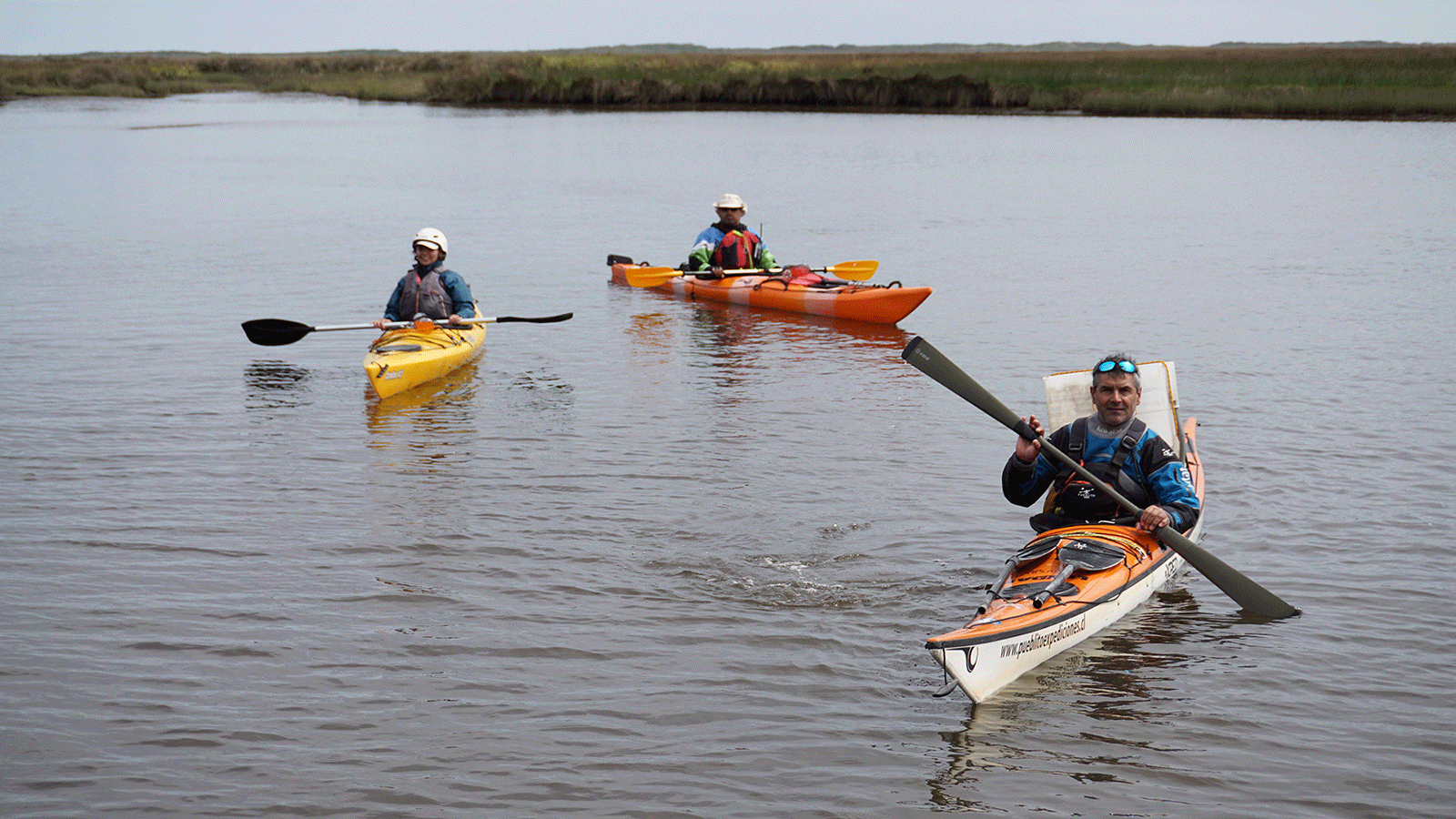
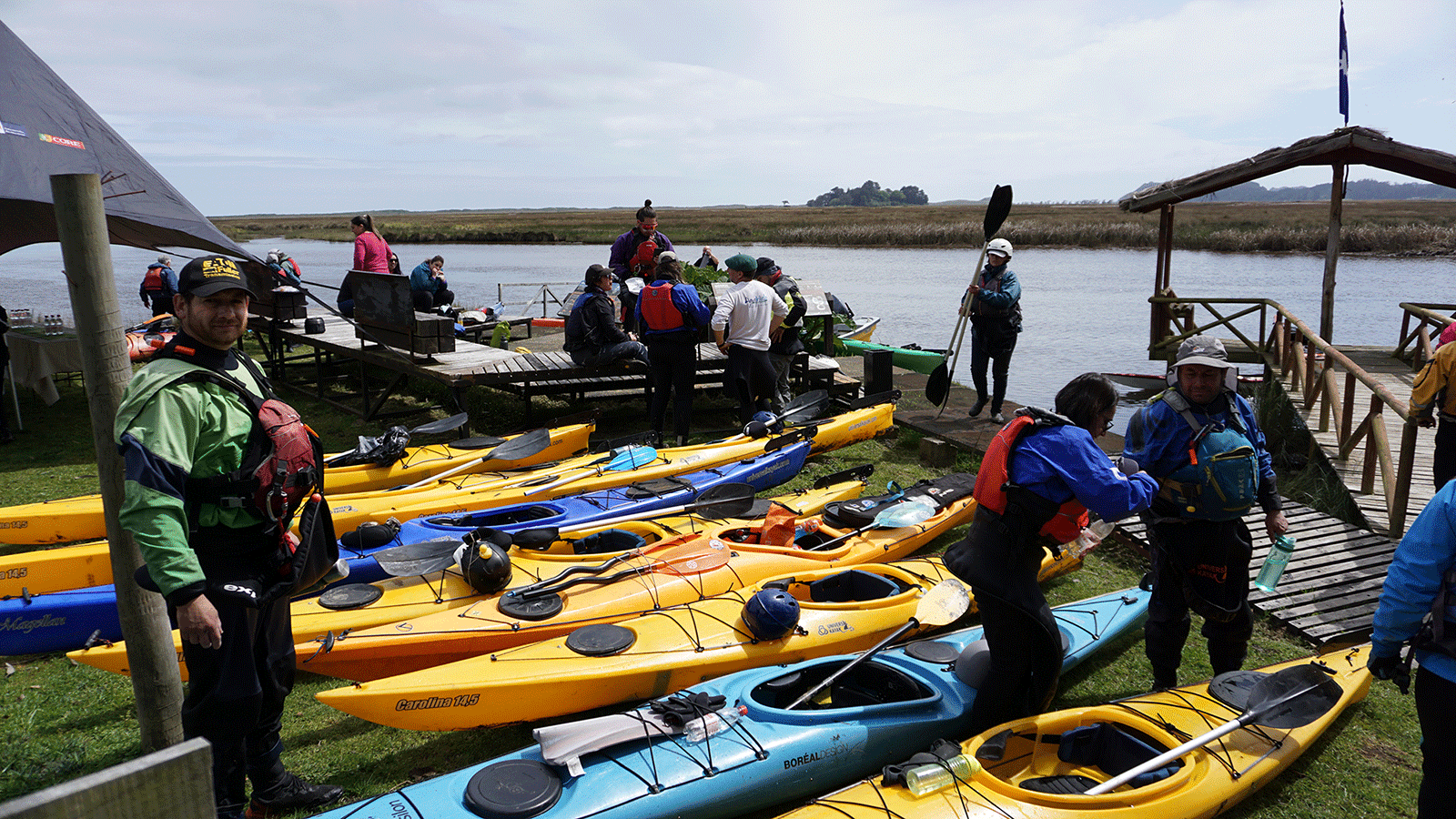
Mauricio San Martín de Peuco Expeditions of the Carahue Navigable River Route said, “This event aims to showcase the territory and demonstrate there are things to do on the coast of La Araucanía. The purpose of this activity is for tourism companies that view the region from a different perspective to jointly offer and promote special interest tourism in such a way as to provide attractive activities along the route and draw in more visitors.”
Juan Pablo Fuentes, CMPC’s Public Relations Deputy Manager for the Southern Territories, highlighted the presence of kayakers from all over Chile and the initiative for promoting the Carahue Navigable River Route. “This tourist trip, organized by an entrepreneur who is part of the river route, enabled kayakers to visit different places associated with the route, including the Monkul wetlands, with all the scenic beauty that they have.” Fuentes added, “This event is the starting point of all the activities that are being done to enhance the route this season.”
Adventure and nature
The first day of the journey began in the town of Trovolhue where more than 45 kayakers paddled a total of 20 kilometers to the Mateo Nahuelpán Community, located in the Monkul wetland. The guides taught advanced paddling techniques.
That same day, they traveled four kilometers from Monkul to the Puerto Koupo Lodge, where they learned about rescue activities in the water and also took part in a talk about safety, leaving behind no trace in nature, risk management and decision-making in navigation.
On the last day, the 10 km journey began at the Budi Bridge to the Curileufu Grande sector, where the Wampo Chile business is located, where wampo [“canoe” in Mapudungun] clinics were held by Carlos Diaz Nahuel. The Peuco Kayak Fest journey came to an end at Puerto Domínguez.
This second edition of the Peuco Kayak Fest tourist trip received visitors who traveled in from Punta Arenas, Puerto Natales, Villarrica, Viña del Mar, Santiago, and other cities in Chile.
One of them was Rolando Toledo, who is originally from Carahue, but currently lives in Puerto Aysén, where he works in tourism. “I have a dream of making a living from what I like to do the most. I’m a native of Carahue, but strangely, although I’m a good native, I didn’t know this area before. I’ve never been lucky enough to travel it this way,” he said. He added, “Being able to spend time with people who enjoy the same thing strengthens you and everyone else through a blending of experiences. This is wonderful, and I’m grateful up front that this gathering is being held to give it more value, not only as a recreational activity, but also as something that can eventually generate income for the local community.”
Andrea Hernandez is from Puerto Natales and works as a trekking guide in the Torres del Paine National Park. She also described the experience as enriching, and she got to enjoy nature and the demands of the sport while spending time with colleagues. “This has been a great experience with very good instructors and guides. With water activities in general, much like any other sport, you have to be enthusiastic and give it your all. It was really beautiful, and I think that everyone who participated felt very relaxed from the start, surrounded by nature and different birds that you often don’t see elsewhere, as well as being in a calm environment. So it’s a very good experience.”
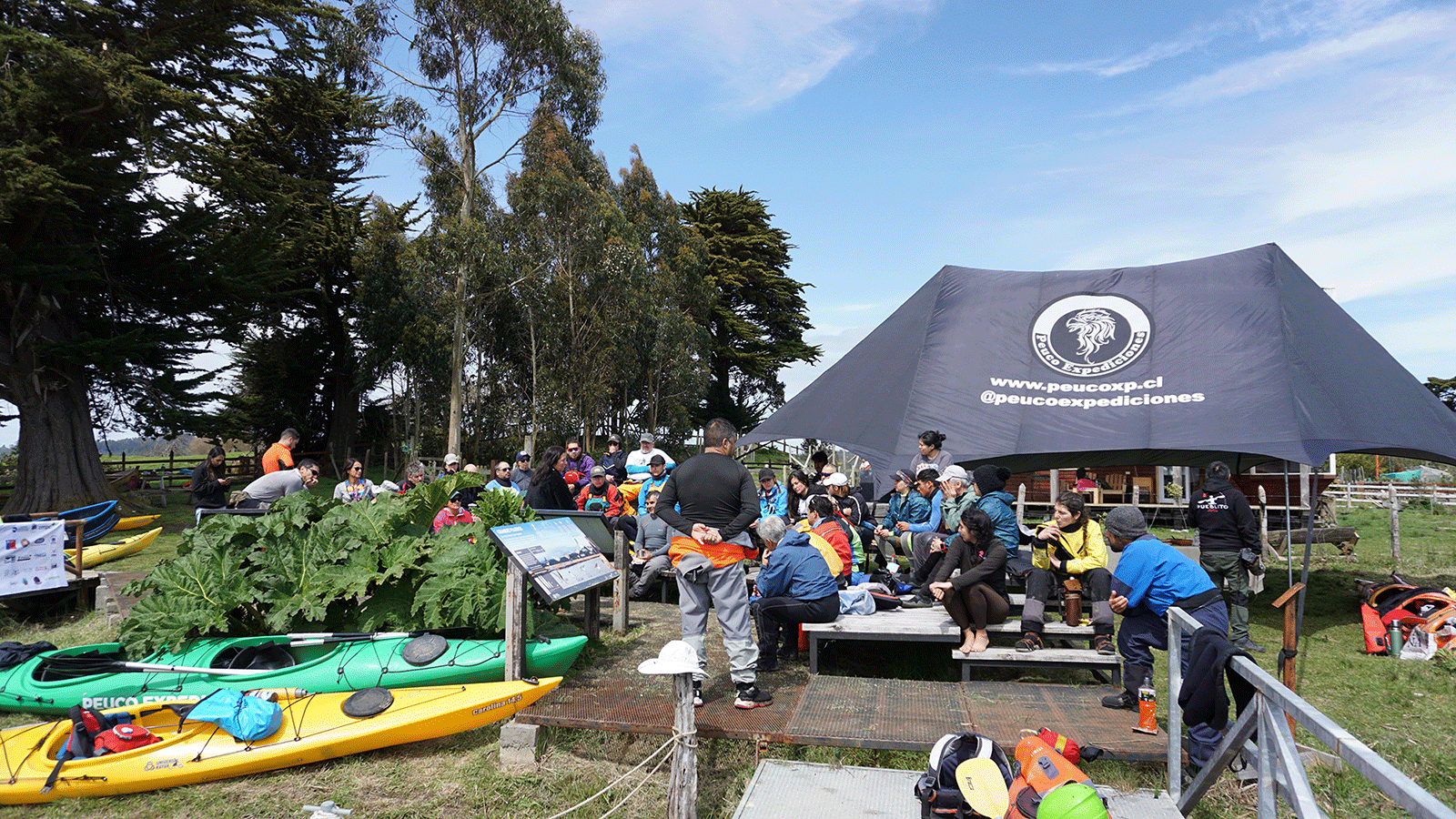
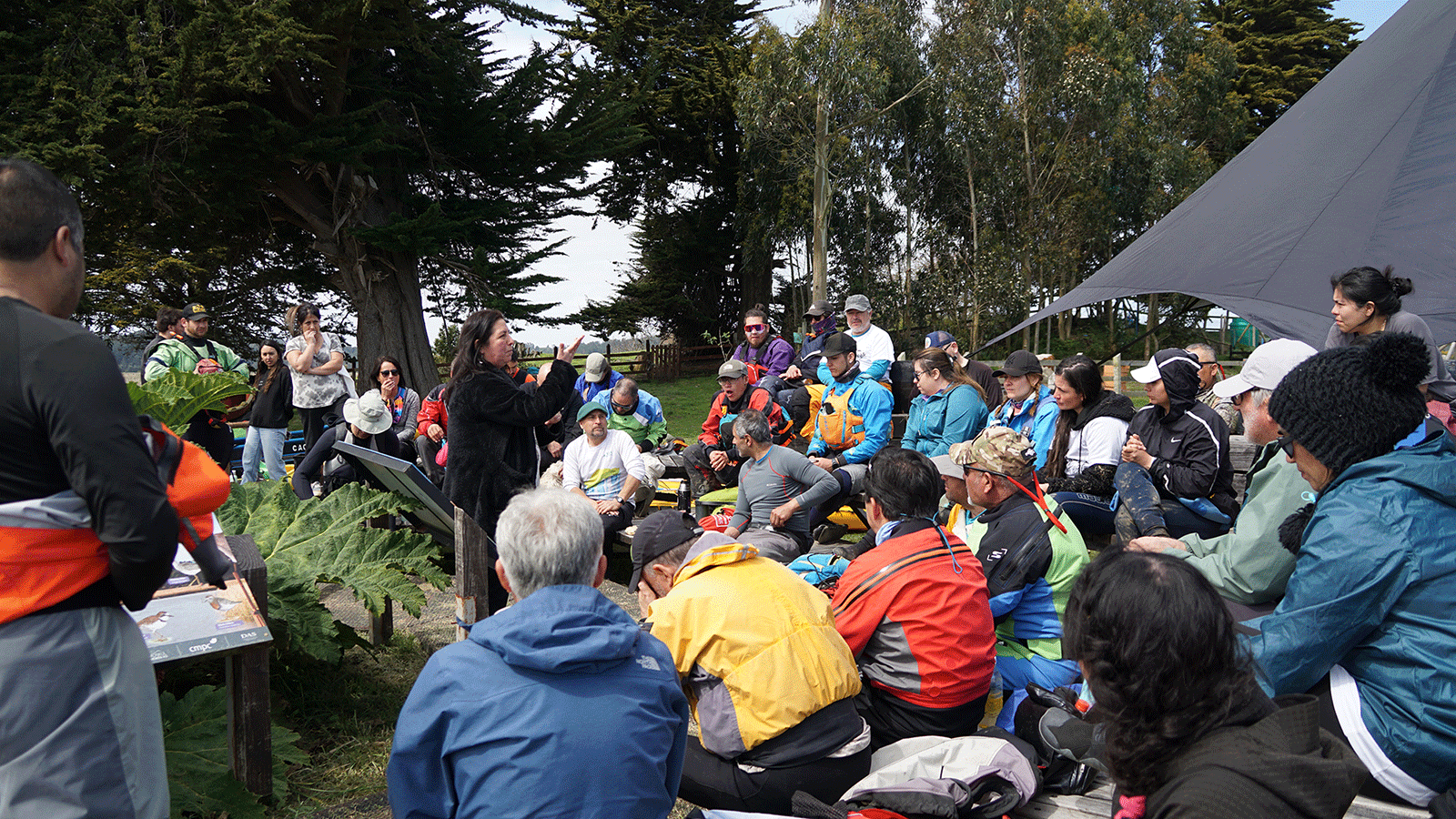
Carahue Navigable River Route
The river trip connects the history of the Imperial River in the Araucanía Region with various tourist services that are located on its banks and surrounding areas. With this clear goal in mind, the Carahue Navigable River project was born, supported by CMPC together with the municipality of Carahue and other local actors.
Such an alliance has enabled the development of a social impact project that seeks to revitalize the sector, support local entrepreneurship and tourism, and it could even help fully recoup the river route.
Carahue is a destination irrigated by extensive bodies of water like rivers, lagoons, coastline and wetlands. Undoubtedly, one of the best ways to connect with its landscape, nature and history is through nautical treks. In Carahue and Nehuentúe there are several options, from rowboat rentals to ‘full day’ excursions with visits to old shipwrecks and a picnic lunch included.
It is also an unbeatable place for bird watching, taking the best photos and getting to know the local biodiversity in depth. The wetlands of Cullinco and Monkul, the flora and fauna in Trovolhue lagoon, the Los Obispos and Lobería beaches are wonderfully charming for photography.
The Lafkenche are the original inhabitants of this area, residents of the Imperial River basin and the coast of La Araucanía for the past 1,000 years. This is an opportunity to experience the magnificence of its culture and worldview first-hand by visiting a ruka, listening to remarkable stories around the stove and, of course, sampling its exquisite cuisine.
More than mere swimming holes, these are places with exuberant nature, with great shore fishing, and possibilities for magical treks, such as along the cliffs of Hueñalihuén beach.
